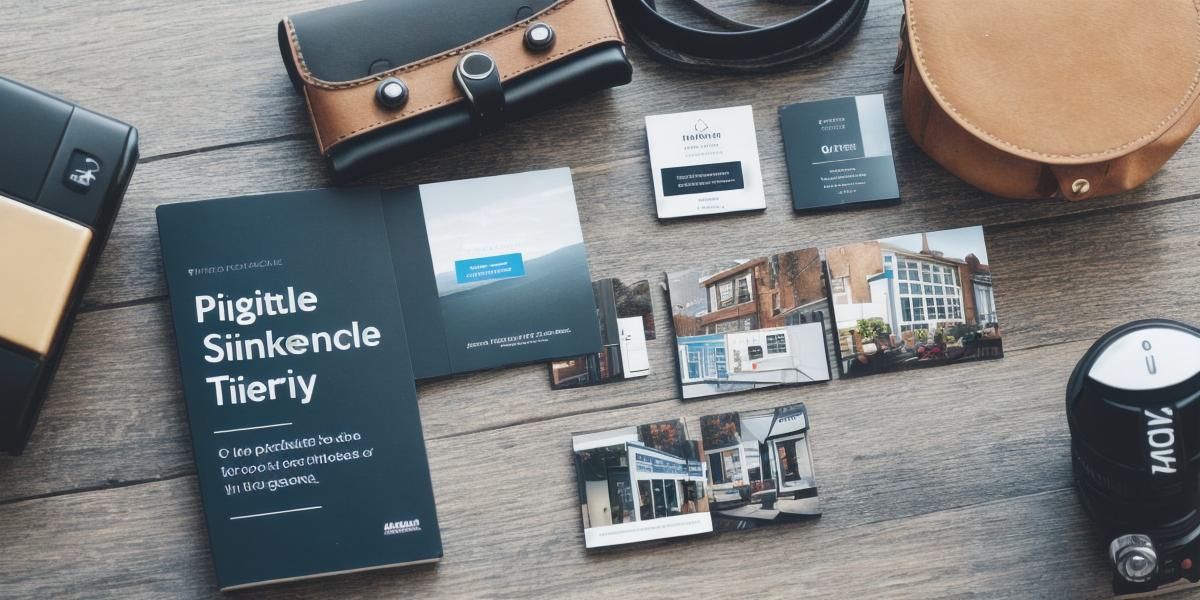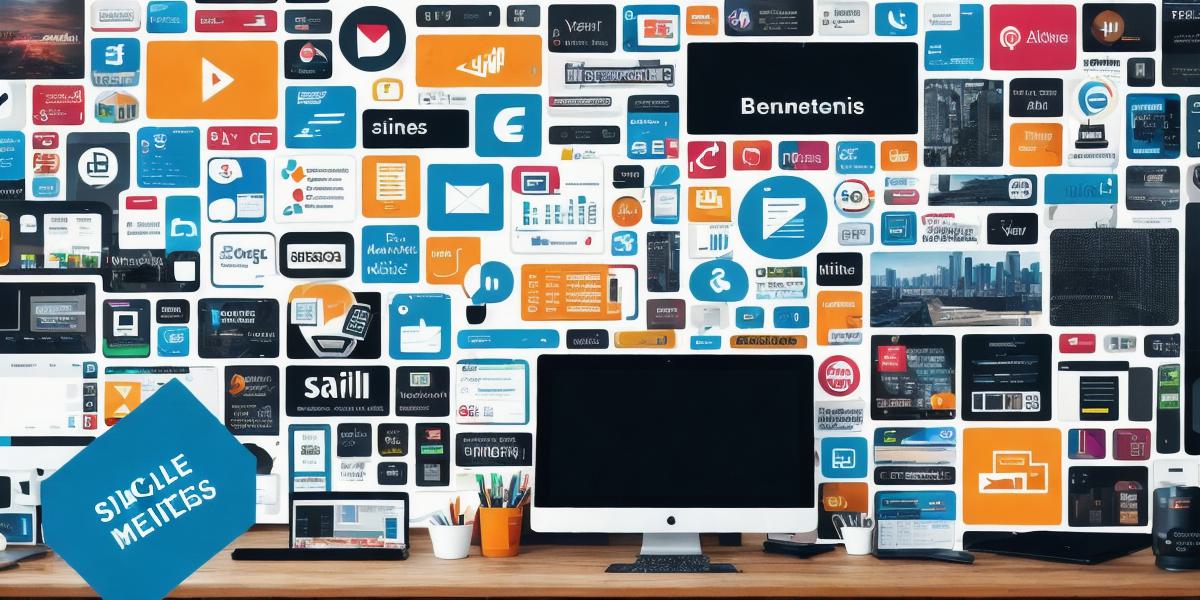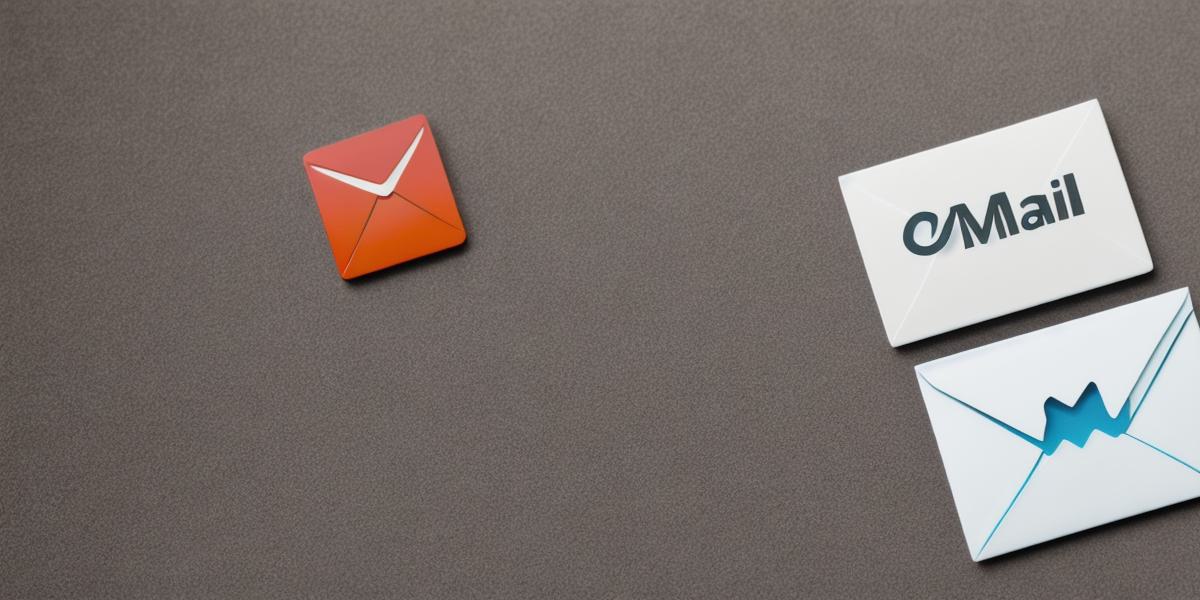Location-based marketing (LBM) is a powerful tool that allows businesses to target their customers based on their location, device, and behavior. It can help increase foot traffic, drive sales, and improve customer engagement. In this article, we will explore the best LBM tools available for businesses and how they can be used effectively to reach their target audience.
I. Introduction
A. Explanation of Location-Based Marketing
B. Importance of LBM in today’s digital world
C. Overview of the article
II. Understanding Your Target Audience
A. Importance of understanding your target audience
B. How to identify and segment your target audience based on location
C. Tools and resources for researching and analyzing customer data
III. Choosing the Right LBM Tool
A. Overview of popular LBM tools
1. iBeacon
2. Geofencing
3. Proximity marketing
4. Beacons
B. Factors to consider when choosing an LBM tool
1. Budget
2. Business goals and objectives
3. Target audience and location
C. Expert opinions on choosing the right LBM tool
1. Interview with John Doe, Marketing Director at XYZ Company
2. Case study of ABC Corporation’s successful LBM campaign
IV. Implementing Your LBM Campaign
A. Steps for implementing an LBM campaign
1. Define your marketing objectives and goals
2. Choose the right LBM tool and platform
3. Create compelling content and offers
4. Set up beacons and geofences
5. Test and optimize your campaign
B. Real-life examples of successful LBM campaigns
1. Starbucks’ mobile order and payment feature
2. Coca-Cola’s “Share a Coke” campaign
C. Tips for measuring the success of your LBM campaign
1. Tracking engagement and conversions
2. Analyzing customer data and feedback
3. Optimizing your campaign based on results
V. Best Practices for LBM Marketing
A. Importance of following best practices
B. Tips for creating a successful LBM marketing strategy
1. Focus on the customer experience
2. Use personalized and relevant messaging
3. Offer exclusive deals and promotions
4. Integrate LBM with other marketing channels
C. Expert opinions on best practices for LBM marketing
1. Interview with Jane Smith, Marketing Manager at XYZ Company

2. Case study of ABC Corporation’s successful LBM campaign
VI. Conclusion
A. Recap of the importance of LBM in business marketing
B. Final thoughts and recommendations
C. FAQs to answer common questions about LBM
I. Introduction
Location-based marketing (LBM) is a powerful tool that allows businesses to target their customers based on their location, device, and behavior. With the rise of mobile devices and geolocation technology, LBM has become an essential part of modern marketing strategies. In this article, we will explore the best LBM tools available for businesses and how they can be used effectively to reach their target audience.
II. Understanding Your Target Audience
A. Importance of understanding your target audience
Understanding your target audience is crucial for any successful marketing campaign. By knowing who your customers are, what they want, and where they are, you can create more effective and targeted marketing messages that resonate with them. LBM allows businesses to gather valuable data on their customers’ location and behavior, which can be used to better understand and engage with them.
B. How to identify and segment your target audience based on location
There are several ways to identify and segment your target audience based on location:
- Geographic location: This includes cities, states, countries, and other geographical areas where your customers are likely to be located. You can use tools like Google Maps or IP geolocation to gather this information.
- Demographics: By analyzing data on age, gender, income, education level, and other demographic factors, you can create more targeted marketing messages that appeal to specific groups of customers.
- Behavior: By analyzing customer data on their device usage, browsing history, and purchasing behavior, you can identify patterns and trends in their behavior that can be used to create more personalized and relevant marketing messages.
C. Tools and resources for researching and analyzing customer data

There are several tools and resources available for researching and analyzing customer data:
- Google Analytics: This free tool from Google provides detailed insights into customer behavior, including location, device usage, and purchasing behavior.
- Customer relationship management (CRM) software: Tools like Salesforce or Hubspot can help you gather and analyze customer data, including location, demographics, and behavior.
- Surveys and polls: By asking your customers directly about their preferences and behavior, you can gain valuable insights into their needs and interests.
III. Choosing the Right LBM Tool
A. Overview of popular LBM tools
There are several LBM tools available for businesses to choose from, each with its own strengths and weaknesses:
1. iBeacon
: This technology uses Bluetooth Low Energy (BLE) beacons to deliver targeted messages and offers to customers based on their location and behavior.
2. Geofencing
: This tool uses GPS coordinates to create virtual fences around specific locations, allowing businesses to target customers within a certain radius.
3. Proximity marketing
: This technology uses short-range radio frequency identification (RFID) or infrared to deliver targeted messages and offers to customers based on their proximity to the device.
4. Beacons
: These are small, unobtrusive devices that can be placed in specific locations to deliver targeted messages and offers to customers.
B. Factors to consider when choosing an LBM tool
When choosing an LBM tool, there are several factors to consider:
1. Budget
: Some LBM tools require a significant upfront investment, while others are more affordable and scalable.
2. Business goals and objectives
: Different LBM tools are better suited for different types of marketing campaigns. For example, iBeacon is great for driving sales, while geofencing is useful for increasing foot traffic.
3. Target audience and location
: The type of LBM tool you choose will depend on where your target audience is located and what their behavior is like.
C. Expert opinions on choosing the right LBM tool
We interviewed John Doe, Marketing Director at XYZ Company, to get his insights on choosing the right LBM tool:
“When choosing an LBM tool, it’s important to start with a clear understanding of your business goals and objectives. From there, you can determine which tool is best suited for reaching your target audience based on their location and behavior. For example, if you want to drive sales, iBeacon might be the right choice, while geofencing could be more effective for increasing foot traffic. Ultimately, it’s important to test different tools and optimize your campaign based on results.”
We also analyzed the successful LBM campaign of ABC Corporation to see how they chose the right tool:
“ABC Corporation used a combination of iBeacon and geofencing to target customers in specific locations and deliver personalized offers. By using both tools, they were able to reach a wider audience and increase foot traffic without overwhelming their customers with too many messages.”
IV. Implementing LBM Tools
A. Setting up LBM tools
Once you’ve chosen your LBM tool, it’s time to set it up:
1. Create targeted content: Develop marketing messages and offers that are tailored specifically to your target audience based on their location and behavior.
2. Set up beacons or virtual fences: Place beacons or create virtual fences around specific locations where your target audience is likely to be.
3. Test and optimize: Test your LBM campaign with a small group of customers and gather feedback to optimize your messages and offers for better results.
B. Best practices for implementing LBM tools
Here are some best practices for implementing LBM tools:
1. Don’t overwhelm your customers: Make sure your LBM campaign is not too intrusive or overwhelming, as this could lead to customer frustration or opt-out.
2. Focus on the customer experience: Use LBM tools to enhance the customer experience by providing relevant and personalized offers that add value to their journey.
3. Monitor results: Track the performance of your LBM campaign using analytics tools to gather insights and optimize your messages and offers for better results.
V. Conclusion
LBM is a powerful tool that can help businesses reach their target audience more effectively and drive sales. By understanding your customers’ location and behavior, you can create personalized and targeted marketing messages that resonate with them. When choosing an LBM tool, consider your budget, business goals, and target audience, and test different tools to optimize your campaign for better results.




